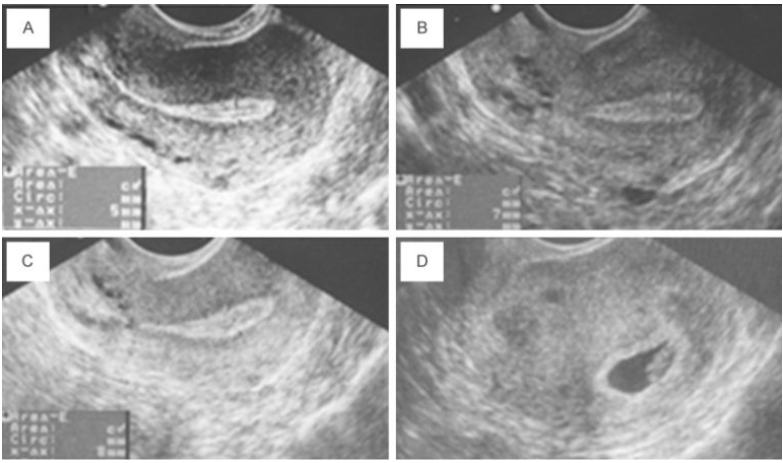Ovarian Rejuvenation PRP
What is PRP?
Platelet-rich plasma (PRP) is a new technological advance that has been used in many different forms. It’s also been called a “blood cell therapy.” Most recently, in the advancement of assistive reproductive technologies.
The procedure is pretty simple. By drawing your blood into a sterile syringe, our laboratory technologists take your blood and spin it in a centrifuge to separate the red blood cells from a platelet concentrate. The red blood cells are removed from this and used to treat various different conditions. The process itself takes roughly 30 minutes. Since you are using your own blood to do the procedure, there is little risk of allergy or rejection with the treatment


Ovarian Rejuvenation and PRP
This procedure is offered for women with decreased ovarian reserves, premature ovarian insufficiency, prior unsuccessful attempts to retrieve their oocytes through IVF, prior failed IVF due to poor egg quality, or menopausal symptoms such as hot flashes.
Ovarian rejuvenation provides a chance to have a baby without donor eggs, and improves the life quality of women suffering from early menopause without synthetic hormonal treatment. Due to some women postponing childbirth until later in life, they are more likely to face the problem of ovarian insufficiency by the time they are ready to have children. Therefore the ability to restore the ovarian function safely is crucially important.
PRP is blood plasma prepared from fresh whole blood that has been enriched with platelets. The blood from patients is collected for PRP preparation. The PRP is injected into the ovaries through an ultrasound-guided procedure or directly during an abdominal surgery such as tubal reversal surgery. The PRP injections into the ovaries are safe, productive, and a natural treatment.
Endometrial Lining and PRP
Many studies have been conducted on how PRP can help one’s endometrial lining. Certain growth factors from the platelets have helped women increase there endometrial lining thus allowing for a better outcome in IVF procedures.
Endometrial lining is a key factor in pregnancy and lives birth outcome. A study conducted in 2015 showed that women treated with PRP, who had previously failed endometrial lining growth after conventional estrogen therapy treatments, had great success with PRP therapy. Out of five patients that had exceptionally poor lining growth, four of them continued to have a successful pregnancy. You can see the increased lining of the endometrium in the pic below.
(A) Lining prior to treatment. (B) Lining after round 1 of PRP (C) Lining after round 2 of PRP (D) Intrauterine sac at 6 weeks pregnancy Chang Y, Li J, Chen Y, et al. Autologous platelet-rich plasma promotes endometrial growth and improves pregnancy outcome during in vitro fertilization. International Journal of Clinical and Experimental Medicine. 2015;8(1):1286-1290.
Ovarian rejuvenation through PRP is typically recommended for women over 40 with low AMH levels. Adding PRP to your tubal reversal procedure can increase chances of getting pregnant after surgery. The price for adding PRP to your tubal reversal procedure is only $900– a significant savings over having the procedure done separately.
Interested in learning more about these breakthrough procedures? Contact NCCRM at 919-233-1680 and schedule an appointment today with our fertility experts.

